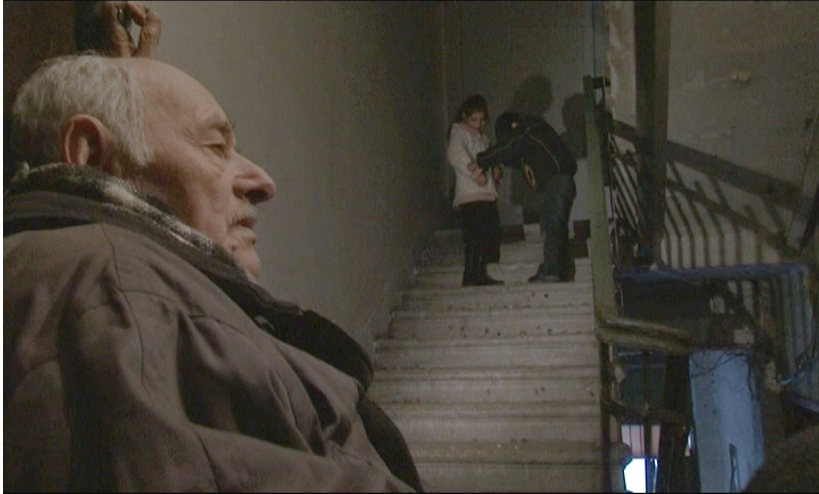It is common knowledge that Georgians were pagans before Christianity spread in Georgia. There were many deities, idols, traditions, and prayer rituals that people diligently served and performed. However, pagan traditions were not forgotten completely after the spread of Christianity. Small rituals and spells that have been with people since their ancestors’ time in certain villages or regions of Georgia have survived to this day.
Iberian-Caucasian mythology combines the pagan beliefs of those peoples who inhabited the North Caucasus and part of the South Caucasus. The deities known to us in Georgian mythology were: Ochopintre, Bochi, Dali and others. There were many rituals against diseases, for fertility and weather control. For example, magical actions against drought and downpour or wind and hail were very common. These actions could be verbal incantations or even physical movements, which would be a kind of artificial enactment of the outcome that people wanted to provoke (in this case, the desired weather). The ritual of bringing and stopping rain, which was called Lazaroba or Gonjaoba in Georgia, was widespread in the Caucasus. This ritual, carried out both verbally and physically, was mostly performed by women. This is what Ana Kvichidze’s student film, “Downpour” (2017) is based on; using old Georgian traditions, it evokes native sentiments in the viewer and highlights various problems in a rather interesting way.
The director stated in one of his interviews: “The main goal was to show the alienation towards Georgian myth and folklore, which is the intangible cultural heritage of Georgia and needs to be preserved and cared for.” She was indeed able to wrap the visual, thematic and technical aspects of the film in such a way that she ultimately offered an attractive product to the audience by choosing an interesting topic, a distinctive narrative style, sentimental characters and beautiful shots.
This film tells the story of a young girl who returns to her native village shortly before selling her house. Virtually, it is not so easy for a young person living in the city to adapt to a place where weather is constantly bad and mud is everywhere. Due to such living conditions, people constantly cast spells that are unimaginable and even a little terrifying for a city dweller.
A notable episode is when the girls splash water onto the main character, Nano, to perform the Lazarus ritual. After that, Nano feels very humiliated, which is not surprising. Although the girls’ splashing of Nano was not a very intelligent act, especially when they knew that such actions were unusual for her, we cannot fully justify the main character’s excessive anger. The essence of the film is that those small “oddities” left by our ancestors have become so unusual for us that we turn our backs on them and forget them instead of adapting to them. Georgians have been Christians for centuries and have served our religion more or less faithfully, however, the small uniqueness that has remained with us from pagan religions should not be the reason for our alienation from them. As an ideal example of this, we can cite one of the characters in the film, granny Patso, who radiates warmth and care with her harmless spells. Her heroine, might especially evoke in the audience the phenomenon of that lovely and sweet grandmother, which has embellished the lives of almost every person for a certain period of time.
The last scene of the film is also interesting, when Nano leaves the village, the place where the sun has already come out, it is no longer raining and there is no mud either. The Lazarus ritual might have yielded its results. The bad weather may not have been cured by a spell, but we can consider such an ending symbolic on the part of the director. It is a symbol that such things should not cause aggression and fear in us, but rather calm us down and make us smile. Just as Nano, standing by the window, smiled when she looked at the sunny sky scattered with clouds. At this time, the girl repeats the spell uttered by Grandma Patso: “The wind scared you, don’t be afraid of the wind…” This shot seems to emphasize Nano’s acceptance, that what was previously strange and humiliating for her has now become a part of her and she has been able to coexist with that side of her origin that is part of her identity. Therefore, we can praise Nano’s character development. At the beginning of the film, she is confused, she seems not being able to establish roots fully in the land from which her genes come, but in the end she is freed from these frames.
The emphasis on rural life and material poverty is commendable. In one of the dialogues, we can hear talk about how the people left this village, how there is no more harvest, how it is difficult to have basic living conditions in such a climate. This makes the film talk not only about ancient Georgian mythology and the problem of alienation from it but also about the real hardships of people living in the regions.
The visual side of “Downpour” is quite simple and aesthetic. It neither bores us with excessive decoration, nor is it excessively documentary. It seems to have struck an ideal middle ground between the two, which subsequently creates a visual that is quite easy and beautiful for the eye to perceive. Therefore, the work of the cinematographer is definitely to be praised.
As for other technical aspects of the film, it can be said that considering the funds and capabilities of the student film project, its editing and general quality were quite impressive. The selected musical score and costume design suited the aesthetics of the film well. The acting is also quite outstanding. Among them, Liana Lomtadze (Patso) stands out the most.
Ana Kvichidze’s student film, “Downpour” is a very attractive and effective work that leaves a good impression with both its narrative and visuals.
Nino Dvali






